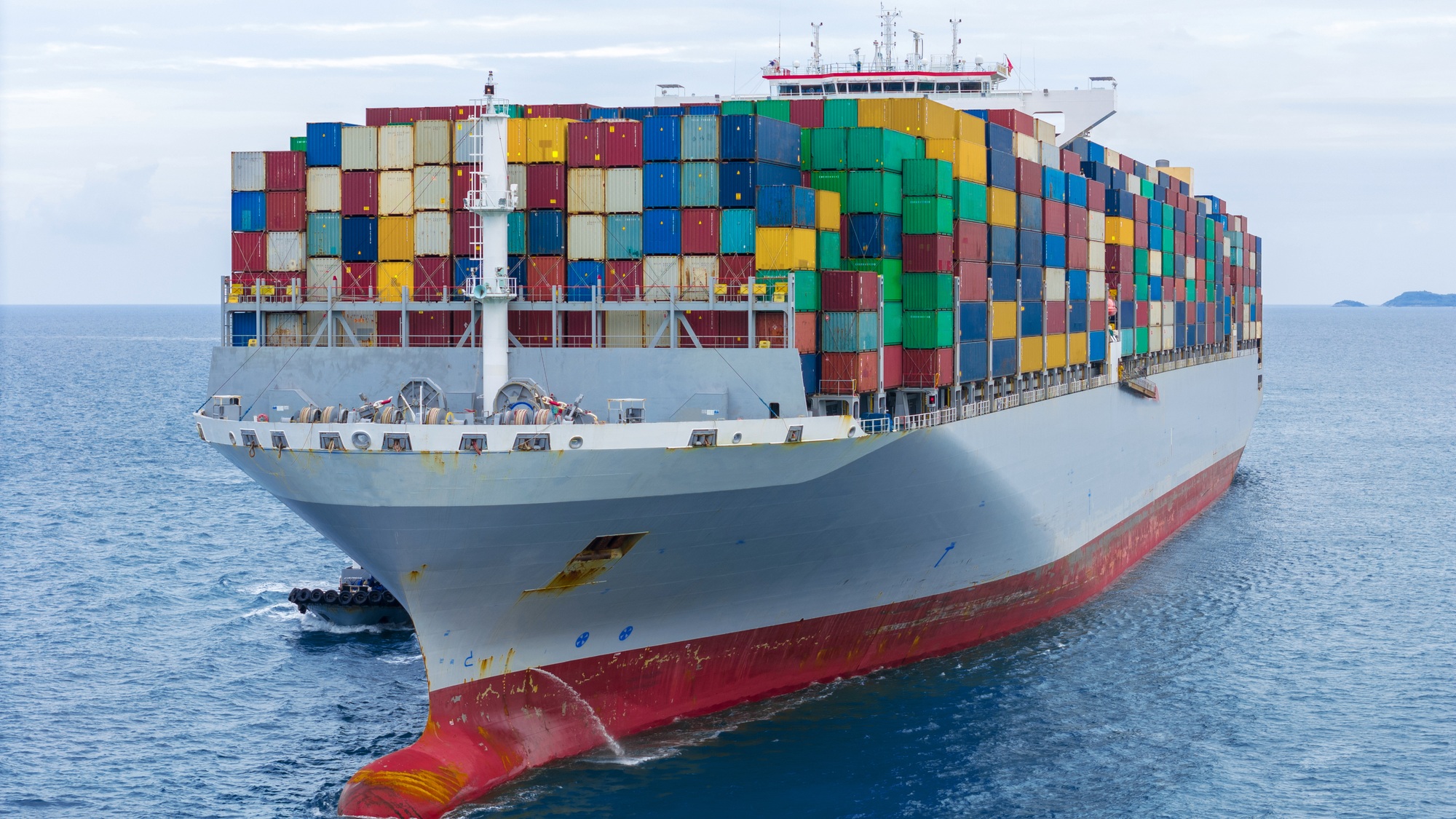The United States has taken fresh steps to intensify its trade pressure on China, moving to impose new levies on Chinese ships docking at American ports. The latest measures deepen the ongoing trade conflict between the two largest economies in the world, even as President Donald Trump’s recent comments suggest a more conciliatory tone.
On Thursday, President Trump signaled openness to compromise, stating that he expects to reach “a very good deal with China.” He further noted that while tariffs remain an important negotiation tool, he is “reluctant to keep raising” them and is considering reducing some duties to ease the burden on U.S. consumers.
Despite the tough stance on paper, Trump’s tone on tariffs has shifted, especially as global market volatility and consumer inflation remain persistent concerns. He also highlighted progress in talks with other trade partners, including Japan and Mexico. According to the president, a recent conversation with Mexican President Claudia Sheinbaum was “very productive,” and discussions with Japanese officials yielded “big progress.”
Meanwhile, China has responded with its own tariff hikes, raising import duties on American goods from 84% to 125%, while signaling conditional openness to continued trade negotiations. The U.S., for its part, has now implemented a 245% maximum tariff on some Chinese imports, coupled with a 125% reciprocal rate, a 20% penalty tariff linked to the fentanyl crisis, and Section 301 tariffs on specific products ranging from 7.5% to 100%.
Treasury Secretary Scott Bessent remained cautiously optimistic, telling Yahoo Finance earlier this week that he anticipates “clarity” in trade policy soon, with real movement expected on multiple fronts. He also confirmed that exemptions and adjustments—particularly for auto tariffs and certain tech imports—are under active consideration.
A baseline 10% global tariff, first introduced on April 5, remains in effect across all impacted imports, providing a floor for the ongoing negotiations and enforcement actions.
Market and Policy Implications
The continued back-and-forth between Washington and Beijing has heightened global uncertainty. While Trump touts flexibility and a willingness to compromise, analysts warn that any new tariff measures on critical sectors such as shipping and semiconductors could raise prices further, particularly as inflation pressures remain elevated.
Japan’s Finance Minister Katsunobu Kato voiced concerns over the broader impact on global trade flows, noting that ongoing tariff escalation poses real risks to economic stability.
Even as tariffs reshape the dynamics of global supply chains, investors and corporations are bracing for prolonged unpredictability in cross-border commerce and pricing strategies. The coming weeks could prove pivotal, especially as more exemptions are debated and further talks with China unfold.







